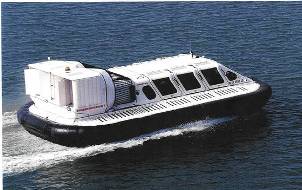As internet technology has developed so has the ability to transmit information in a classroom format to students in another building, state or a country on the other side of the world. As a result, virtual classrooms are becoming increasingly popular among both students and educators, particularly those pursuing online degrees (learn more visit onlineschool.com/online-schools).
What is a Virtual Classroom?
The term virtual classroom refers to the use of internet technology to transmit educational courses to students in different locations simultaneously. Virtual classrooms are equipped to allow students and instructors to interact during the class via email, live chat or webcam. Some virtual classes are transmitted from actual classrooms that may also include students attending in person, but in some cases a virtual classroom may not be a classroom at all. An instructor can transmit a virtual class from an office or any room that is outfitted with the proper equipment. One surprising trend in virtual learning is that public elementary, middle and high schools and homeschoolers are starting to use the new technology along with colleges, vocational schools and adult education programs.
Effectiveness of Virtual Classrooms
Virtual classrooms are being employed at an increasing number of schools because the technology allows a school to reach a greater number of students than can be reached via traditional classroom instruction. A single instructor can transmit their knowledge to hundreds or even thousands of students simultaneously. Students who seek education in highly specialized topics are no longer required to travel long distances or relocate to attend a school that offers a specific degree program. Students can view lectures from their homes, on their lunch hour, while commuting on public transportation, in an internet cafe or at a public library. Educational institutions are able to cut costs by utilizing a smaller staff and less instructional space. This can translate into lower costs per course for students. Courses can also be archived for later use.
Drawbacks to Virtual Learning
One complaint voiced by many critics of virtual learning is the lack of direct interaction between the student and the teacher. Students may find it harder to ask questions or add their own commentary during the lecture. Individual students are in separate locations which can hinder the communication and exchange of ideas that facilitates learning. Lack of access to supplemental educational resources including laboratories and libraries are another downside to virtual learning. The most obvious drawbacks to any internet based technology are that it can only be used in areas with internet access and that classes can be interrupted by temporary loss of internet service.
Virtual Learning Technology
Some basic equipment is required for virtual learning. Each student must have an internet-enabled computer with speakers or a headset in order to receive the lessons. A webcam is also helpful for interacting although it is not a necessity. At the educational facility, a virtual classroom requires space for the presenter that is equipped with a computer and webcam. The presenter must also have a microphone and may use a traditional blackboard, dry erase board or a smartboard linked to the computer. Virtual learning software and hardware packages have been developed for use by educational institutions to enable any school to install a virtual classroom in whatever space is available.
Virtual classrooms benefit both the student by allowing greater access to coursework with no travel and also benefit the educational institution by reaching more students with less overhead. As virtual learning technology continues to progress it can be expected that eventually all schools at all educational levels will offer some form of distance learning to their students.


